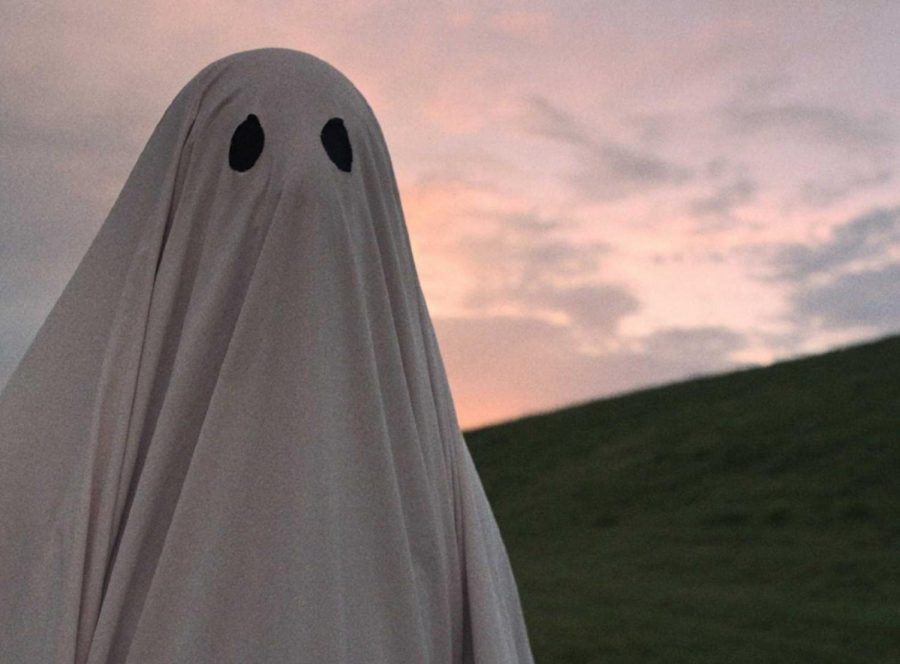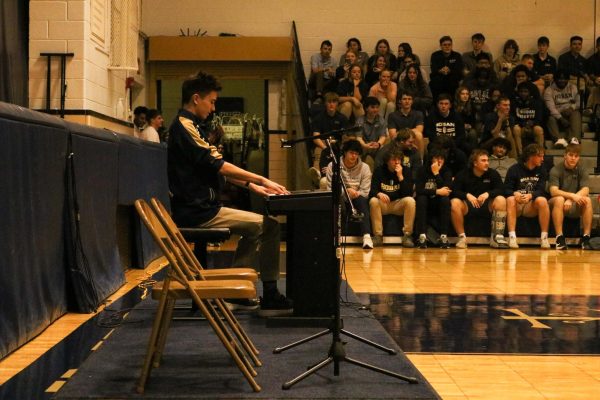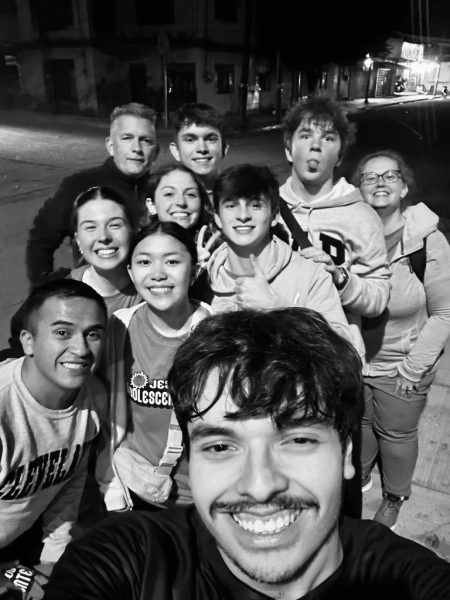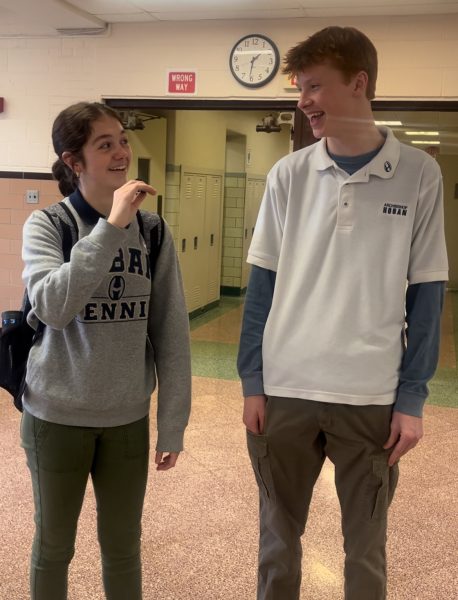The haunting existential reality of “A Ghost Story”
Despite its seemingly not-so-subtle moniker, David Lowery’s “A Ghost Story” is far from a frightful tale of Stephen King-type horror, but the film leaves its audience haunted nonetheless.
The piece— which is the fourth feature film by writer and director, Lowery— follows “C,” a recently deceased, white-sheet-clad ghost, as he returns home to his grieving wife, “M,” only to find that his newly supernatural state has caused him to become unstuck in time. No longer can he actively exist in his life, he can only passively watch it continue in his absence— a fate he finds worse than death, as he is forced to witness the life he knows and the woman he loves slip away. The film takes its audience on a thoughtful, cosmic journey through time, examining the human phenomenons of love, loss and existence.
Played by recent Oscar-winner Casey Affleck, the ghost loiters on the edge of the frame through the entirety of the 92 minute film, casting an otherworldly, melancholy haze over each scene, as well as an uneasiness in the heart and mind of M, played by Rooney Mara. The ghost’s silent, but unquiet presence— which always remains just left of center, never balanced on the screen or in his soul— explores the blurred line between corporeal existence and incorporeal essence, in addition to enhancing the film’s spectral aesthetic and uneasy feel. Through the ghost’s presence, as well as the evocative visuals produced by anamorphic frames, Lowery creates a visceral experience, eliciting feelings of uneasiness and loss in both the characters experiencing the grief and the audience watching it unfold as realistically as if it were their own.
Original in the fact that the film focuses on the cause of grief rather than the person it affects, “A Ghost Story” comments on loss through various, painfully realistic scenes. One particularly poignant segment is found in the portrayal of how grief manifests itself in everyday life following a major loss. The scene captures M, slumped on the kitchen floor in an empty house, eating an entire pie in real time. In this long, extended sequence of nothing but M silently eating and C— just barely visible to the audience and not-at-all visible to M— watching her as she does so pushes beyond absurdity at around the three-minute mark and into poignancy at around the sixth.
Reminiscent of the emotion elicited and the images created from Emily Dickinson’s “The Bustle in a House,” this scene— along with the film as a whole— eloquently captures how grief intertwines itself with mundane activities, further proving the blurred line between the corporeal and incorporeal worlds that occurs in accordance with loss— as Dickinson writes of grief, “the bustle in a house the morning after death is solemnest of industries enacted upon Earth– the sweeping up the heart and putting love away, we shall not want to use again until Eternity.” After C’s death, both C and M are forced to sweep up their broken hearts and put their love for each other away. However, while M learns how to use it again, C’s love remains forever unused for all of eternity— an emotionally shattering reality for both the sheet-clad ghost and the audience.
Lowery’s “A Ghost Story” is not a horror story, but its commentary on the complexity of grief, loss, and time is terrifyingly haunting even so.




